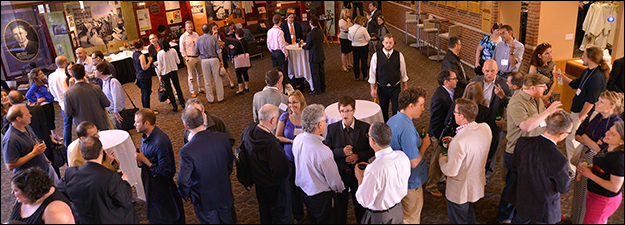Manuscript "Fragmentology": Perspectives on the Scholarly and Pedagogical Value of Medieval Manuscript Fragments
Sponsoring Organization(s)
manuscriptlink
Organizer Name
Eric J. Johnson, Scott Gwara
Organizer Affiliation
Ohio State Univ., Univ. of South Carolina-Columbia
Presider Name
Eric J. Johnson
Paper Title 1
Berea College's Medieval Manuscripts: Challenges of a Small Collection
Presenter 1 Name
Katherine Christensen
Presenter 1 Affiliation
Berea College
Paper Title 2
Fragmentary or Incomplete? Iberian Epics
Presenter 2 Name
Heather Bamford
Presenter 2 Affiliation
George Washington Univ.
Paper Title 3
A Sole Witness from Monastic Glendalough to Ireland's Medieval Mathematical Participation: British Library, Egerton MS 3323, fol. 18
Presenter 3 Name
Mary Kelly
Presenter 3 Affiliation
Univ. College Dublin
Start Date
17-5-2015 10:30 AM
Session Location
Fetzer 1035
Description
At the University of South Carolina’s 2011 “Understanding the Medieval Book” seminar, Dr. Christopher de Hamel remarked that the next generation of medieval manuscript studies would be dominated by manuscript fragments. Although tens of thousands of intact medieval codices can be found in collections worldwide, countless other manuscripts survive only in fragmentary form—whether as illuminations divorced from their original contexts, small constituents recycled as structural supports for later bindings, or single leaves and quires cut up by dealers for the collectors’ market. Regardless of their origins, these fragments represent an incalculable number of lost codices. They suggest evocative and meaningful ways for students and scholars to engage with the textual, literary, artistic, and religious culture of the Middle Ages, not to mention the antiquarian, bibliophilic, commercial, and pedagogical interests of subsequent owners.
Eric J. Johnson
Manuscript "Fragmentology": Perspectives on the Scholarly and Pedagogical Value of Medieval Manuscript Fragments
Fetzer 1035
At the University of South Carolina’s 2011 “Understanding the Medieval Book” seminar, Dr. Christopher de Hamel remarked that the next generation of medieval manuscript studies would be dominated by manuscript fragments. Although tens of thousands of intact medieval codices can be found in collections worldwide, countless other manuscripts survive only in fragmentary form—whether as illuminations divorced from their original contexts, small constituents recycled as structural supports for later bindings, or single leaves and quires cut up by dealers for the collectors’ market. Regardless of their origins, these fragments represent an incalculable number of lost codices. They suggest evocative and meaningful ways for students and scholars to engage with the textual, literary, artistic, and religious culture of the Middle Ages, not to mention the antiquarian, bibliophilic, commercial, and pedagogical interests of subsequent owners.
Eric J. Johnson

